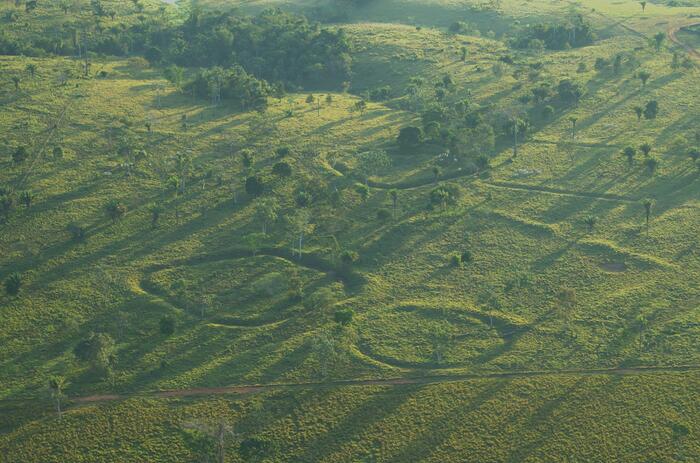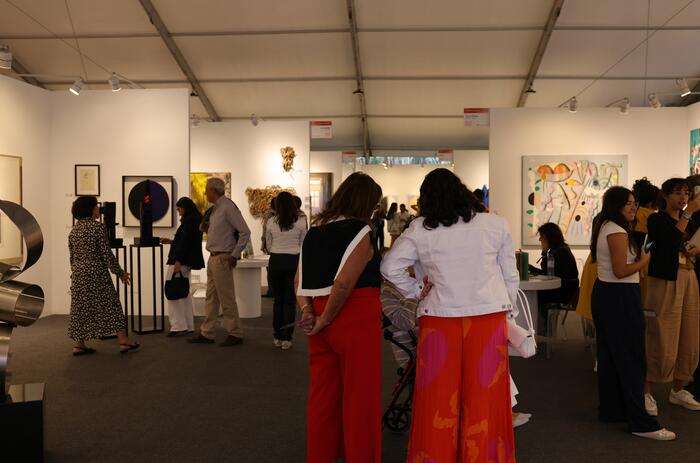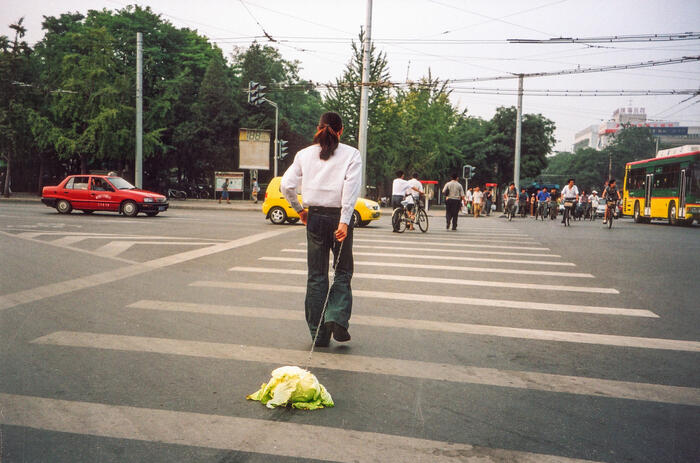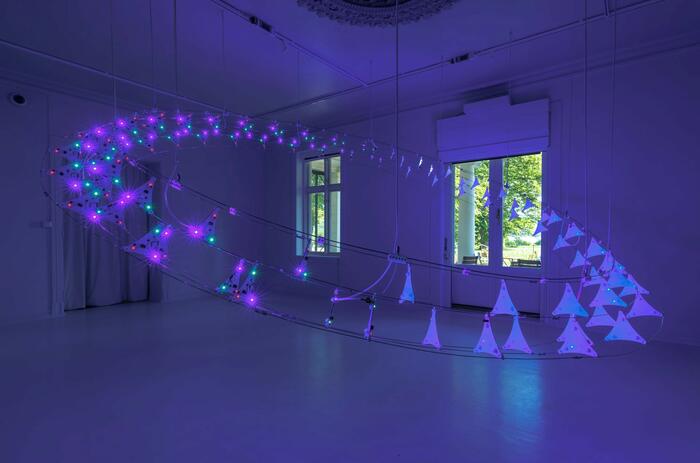LIKE MIGRATORY BIRDS: THE 120 ARTISTS OF THE 36TH SÃO PAULO BIENNIAL
From different disciplines and territories, the invited artists propose the Biennial as a space of crossing, listening, and shared transformation.
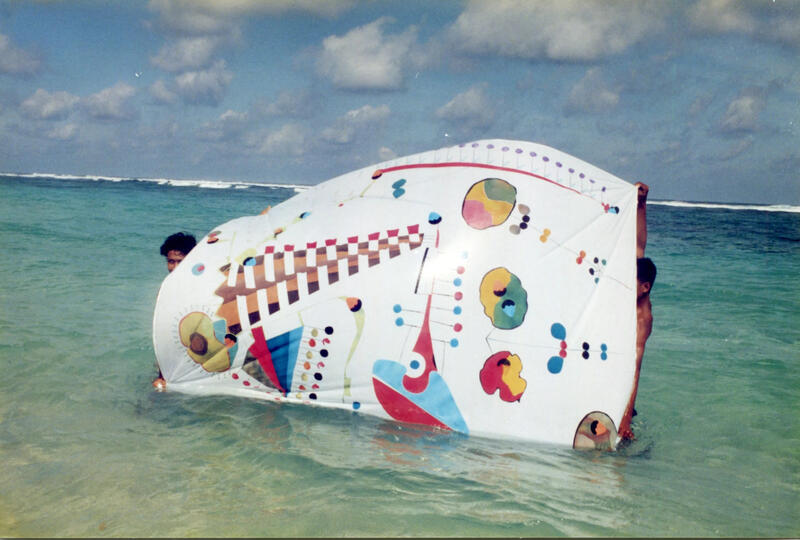
The Fundação Bienal de São Paulo has announced the list of artists participating in the 36th edition of the exhibition, titled Not Every Walker Walks Paths – Humanity as Practice. The show will take place from September 6, 2025, to January 11, 2026, at the Ciccillo Matarazzo Pavilion in São Paulo, with free admission.
The curatorial concept was developed by Bonaventure Soh Bejeng Ndikung, in collaboration with co-curators Alya Sebti, Anna Roberta Goetz, and Thiago de Paula Souza, curator at large Keyna Eleison, and communication and strategy consultant Henriette Gallus. Inspired by the poem Of Calm and Silence by Brazilian writer Conceição Evaristo, this edition invites us to think of humanity as an exercise in active listening, characterized by movement, encounter, and constant negotiation.
-
Adama Delphine Fawundu. An Offering at Kongo River, 2025. Archival inkjet photograph, 60,96 x 88,9 cm. Photo: Adama. Courtesy of the artist Delphine Fawundu (Fundação Bienal de São Paulo)
To guide the selection of artists, the curatorial team adopted the migratory routes of various bird species as a metaphor. Among them are the red-tailed hawk’s path across the Americas, the battler that connects Central Asia with North Africa, and the Arctic tern, which crosses vast polar zones. These journeys informed the exploration of practices that, like birds, cross borders carrying memories, knowledge, and ways of being.
Furthermore, many of the participating artists come from territories marked by rivers, seas, mountains, or deserts. The currents of the Amazon, Thames, Hudson, Limpopo, and Essequibo rivers, as well as the waters of Matanzas Bay, serve as key points on a symbolic map linking origin, migration, and artistic creation. In this context, water—with its shared channels—becomes an image of fluidity, connection, and coexistence.
-
Forensic Architecture. Cloud Studies, 2021. Installation view at Manchester International Festival, 2021. Courtesy of the artists. Photo: Michael Pollad (Fundação Bienal de São Paulo)
“Water is essential for human existence and the foundation of life. The themes of the Biennial’s Invocations revolve around these multiple bodies of water — oceans, seas, lakes, rivers, and streams — and their confluences, such as estuaries. They serve as metaphors for encounters between cultures, humans, other living and non-living beings, and what we can learn from one another. Despite human efforts to control the flow of water and the flight of birds, all waters connect and birds still migrate without passports or visas. Humans could be better if they learned from other beings,” explained Ndikung.
The list includes artists working with mediums such as performance, video, painting, sound, installation, sculpture, writing, as well as collective and musical experiments, among others. Many participants also focus their research on community practices, ecologies, oral traditions, and non-Western cosmologies.
-
Berenice Olmedo. Rutilio, 2024. ThermoLyn orthoprosthetic, intramedullary femur nails, cortical screws, surgical steel traumatology instruments, aluminum tube and socket adapters for prosthesis, resin and lead. Courtesy of the artist; OMR and Lodos Gallery, Mexico City. Photo: Alum Gálvez. (Fundação Bienal de São Paulo)
-
Hamid Zénati. The artist never stretched his works on stretcher bars. He preferred to spontaneously lay them out in his surroundings or to stage them in photographs as performative sculptures. Indonesia, 1990s. © Hamid Zénati Estate, Hamid Zénati (Fundação Bienal de São Paulo)
The artists participating in the 36th São Paulo Biennial are:
Adama Delphine Fawundu; Adjani Okpu-Egbe; Aislan Pankararu; Akinbode Akinbiyi; Alain Padeau; Alberto Pitta; Aline Baiana; Amina Agueznay; Ana Raylander Mártis dos Anjos; Andrew Roberts; Antonio Társis; Behjat Sadr; Berenice Olmedo; Bertina Lopes; Camille Turner; Carla Gueye; Cevdet Erek; Chaïbia Talal; Christopher Cozier; Cici Wu; Cynthia Hawkins; Edival Ramosa; Emeka Ogboh; Ernest Cole; Ernest Mancoba; Farid Belkahia; Firelei Báez; Forensic Architecture; Forugh Farrokhzad; Frank Bowling; Frankétienne; Gê Viana; Gervane de Paula; Gōzō Yoshimasu; Hajra Waheed; Hamedine Kane; Hamid Zénati; Hao Jingban; Heitor dos Prazeres; Helena Uambembe; Hessie (Carmen Lydia Đurić); Huguette Caland; I Gusti Ayu Kadek Murniasih (Murni); Imran Mir; Isa Genzken; Joar Nango with the Girjegumpi team; Josèfa Ntjam; Juliana dos Santos; Julianknxx; Kader Attia; Kamala Ibrahim Ishag; Kenzi Shiokava; Korakrit Arunanondchai; Laila Hida; Laure Prouvost; Leiko Ikemura; Leila Alaoui; Leo Asemota; Leonel Vásquez; Lidia Lisbôa; Lynn Hershman Leeson; Madame Zo; Madiha Umar; Malika Agueznay; Manauara Clandestina; Mansour Ciss Kanakassy; Mao Ishikawa; Márcia Falcão; Maria Auxiliadora; María Magdalena Campos-Pons; Marlene Almeida; Maxwell Alexandre; Meriem Bennani; Metta Pracrutti; Michele Ciacciofera; Ming Smith; Minia Biabiany; Moffat Takadiwa; Mohamed Melehi; Moisés Patrício; Myriam Omar Awadi; Myrlande Constant; Nádia Taquary; Nari Ward; Nguyễn Trinh Thi; Noor Abed; Nzante Spee; Olivier Marboeuf; Olu Oguibe; Oscar Murillo; Otobong Nkanga; Pélagie Gbaguidi; Pol Taburet; Precious Okoyomon; Raukura Turei; Raven Chacon with Iggor Cavalera & Laima Leyton; Rebeca Carapiá; Richianny Ratovo; Ruth Ige; Sadikou Oukpedjo; Sallisa Rosa; Sara Sejin Chang (Sara van der Heide); Sérgio Soarez; Sertão Negro; Sharon Hayes; Shuvinai Ashoona; Simnikiwe Buhlungu; Song Dong; Suchitra Mattai; Tanka Fonta; Thania Petersen; Theo Eshetu; Théodore Diouf; Theresah Ankomah; Trương Công Tùng; Tuấn Andrew Nguyễn; Vilanismo; Werewere Liking; Wolfgang Tillmans; Zózimo Bulbul.
Five additional artists participate in the 36th Biennial as part of the Afluentes program, held at Casa do Povo and curated by Benjamin Seroussi and Daniel Blanga Gubbay: Alexandre Paulikevitch; Boxe Autônomo; Dorothée Munyaneza; Marcelo Evelin; MEXA.

